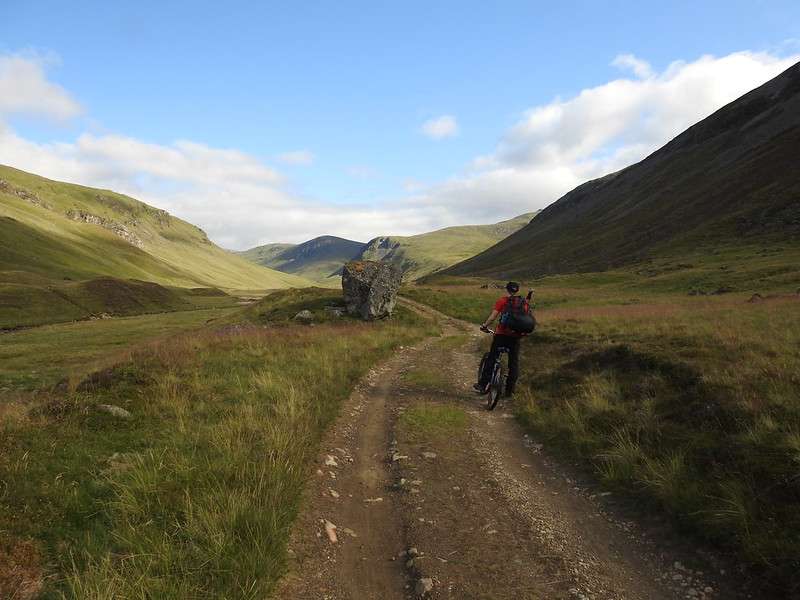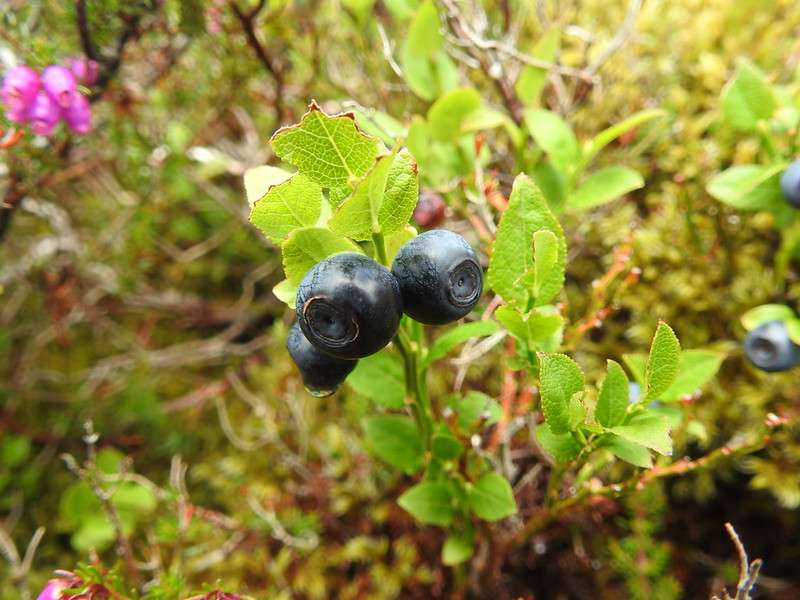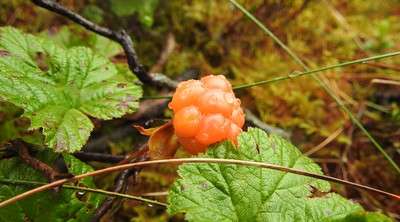Wild camping is awesome. But where to start, where to gather the basic information before you go out into the hills for the night. I put down a few of my thoughts and experiences along with some tips on gear. Read on…
Planning
Hiking in the Scottish hills can always seem like a hit or miss affair with the weather. Doing it for more than a single day just increases the uncertainty even further. Sometimes you’ve just got to go and see what happens – within reason.
Perhaps with a overnight, multi day hike most of the planning comes down to where are you going to go? So many choices, but as you are carrying a fair bit of extra gear then you’ve got to take that into account. A few of my thoughts/questions are below.
◾ How far do you carry your gear before camping?
◾ Can you take a bike part of the way as that helps greatly?
◾ Are you going to be able to find a reasonable water source close to the camping area?
◾ Can the hills only be done over multiple days?
◾ Does the route allow for a midway spot suitable for camping?
◾ If the weather turns bad, is there a sheltered spot for camping?
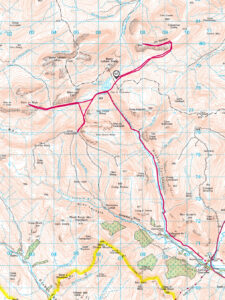
Here is an example (read the review here) of a wild camping route. Note the very long flat section for a bike, followed by a central location for a tent with a large water source.
If I’m going to the bother of carrying more gear, I’m not going to do that for hills that I could normally do on a simple day trip. Or if there are some of those then I’ll join other hills together where maybe I could do one or two in a day, but there are other hills close enough that can share the same approach. That way you save treading the same ‘walk in’ more than once.
Food
Part of your planning will off course be food. What and how much to bring? What about water and so on?
Here I have a simple rule –
Do not take any food with you that you wouldn’t normally eat day to day!
I’ll explain as I did read this myself before I did my first wild camp and I sort of followed it, but not really. Ended up hardly eating most of my food and then on day two my belly could have been better (that’s me being polite).
I bought a range of ready meals. The kind you’d consider army rations or emergency meals in a bag. The kind you’ll get from the various outdoor shops and they aren’t cheap. But unless you’re used to them, you’ll find them a bit grim for various reasons.
After that first wild camp, I now take with me porridge and pasta. I’m used to having porridge for breakfast or even lunch along with fruit etc. Porridge only requires hot water and a container (don’t purchase the kind that needs milk when camping). Job done! Compact, tasty, quick to cook, give you lots of energy. Brilliant food.
What’s more, if you are camping in late summer – look for edible berries such as blaeberries (Scottish blueberries). They are great with fresh porridge in the morning 😁
For pasta, again purchase the kind that you can cook with a simple amount of warm water. Most people will be used to eating pasta, and there are so many types you can buy. Take with you whatever kind/brand you like.
Anything else???
Yeah, so you’ve got enough porridge and pasta which will do for any day after day 1. For first day I’ll take with me a fresh sandwich, maybe some fruit, a few wee sweet treats such as a cake, pancake etc and my favourite energy giving edible – Fruit Pastilles!!! Got to be the Rowntree variety.

I’ll also take with me hot chocolate sachets or similar. Some form of hot drink that’s easy to make is just ace to warm you up as you sit in your tent trying to hide from the inevitable midgies!
Headache pills/paracetamol – take some of these. Just in case. Last thing you want is to get a headache and not be able to deal with it. Also good in case of an emergency and you want a little pain relief.
Gear
- Tent. I have a one man tent, Wild Country Zephyros (see below). Just over 1.5Kg, it’s not heavy (nor is it the lightest). But for the price point you pay its more than good enough.
- Spare socks. Always bring spare socks. The rest I just don’t change – why would you? But socks – your feet deserve it. Nothing better than taking of your socks and putting on fresh ones at the end of a day.
- Device for boiling water. You’ll need something to boil and heat up water for your various editable and drinkables. The MSR range are a bit pricy, but they’re good. I’ve a pocket stove. Really really small and portable. A single canister will be enough for a weekend of boiling water as well.
TIP – When boiling water make sure it’s covered. For two reasons. One it will boil faster, Two, without a lid it will end up more like midige soup than clean fresh water!
For a container, I use the OEX cookset. It’s like a jet boil with the fins on the bottom to speed up heat exchange and it has a top to cover the water when boiling and you can drink straight out of it. So it’s a win win situation.
- Sleeping bag & mat. I’ve a few sleeping bags, but my go to bag for summer hikes is a 3 season bag. The Vango Latitude 300 Anything in Scotland is bonkers – unless you enjoy being really cool at night. Again it’s not the smallest or the lightest out there, but you get what you pay for. In that regards it’s well worth it.
You’ll also want a mat to stop the cold from the ground affecting you and to get you a good nights rest. Again I’ve got more than one, but my favourite right now is the Cloudbase from Alpkit. Its super easy to put up, very light and ultra compact.
- Batteries. Spare phone battery pack, head torch batteries (and of course a head torch!), spare camera batteries – 100% a must! Also if you are out in the cold, a cold battery will loose retain less charge. Keep them warm. A cold dead battery, may give you some energy if you warm it up, say keep it in your pocket (not set fire to it…)
- Midge net/Smidge. A net is a must, but I’ve also found Smidge to be very effective. Not only against midgie’s but cleggs! They are horrendous, they will bite you through your clothes – yes even a thick T-shirt. They not only bite you, but unlike a midge the pierces your skin, a clegg cuts it open with it’s saw like mouth!!!
That will leave a big red swollen mark, may remain itchy for many days and the redness can last for AGES!
But they do not like Smidge! Not a bit of it 😎
The toilet…
What can you say here. Make sure you bring a plastic sealable bag, a small trowel and some wipes.
Make sure to do your business well away from water.
If you need to use a wipe then take your plastic sealable bag and put whatever dirty wipes you use into the bag and take them home or wherever your closest bin happens to be.
The trowel is to dig a small hole in order to poop into. Afterwards cover the hole up.
It’s not complicated, just make sure to leave no trace.
Lastly
Read up on edible fruit and berries in Scotland. There are more than a few. Some are better than others, and some are much rarer than others. If you find these while out and they are ripe – wow!
My all time favourite has to be the cloudberry. I could so easily eat tonnes of these!
Other edible berries to look for are that I’ve seen and tasted (some better than others…) –
Blaeberry
Cowberry
Crowberry
Wild Strawberry
Raspberry


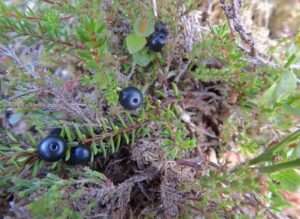

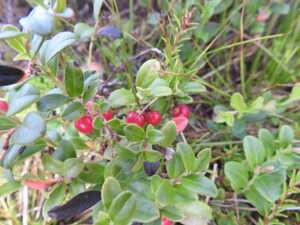
Do read up on these first to make sure you know what you are eating. I’m not going to be held responsible for you eating some random berry and being sick for 2 weeks!
Comments/Questions?
I’m sure I’ll have missed things that you wish to know. If you read this and have a question, do stick it into the comments and I’ll do my best to answer.
